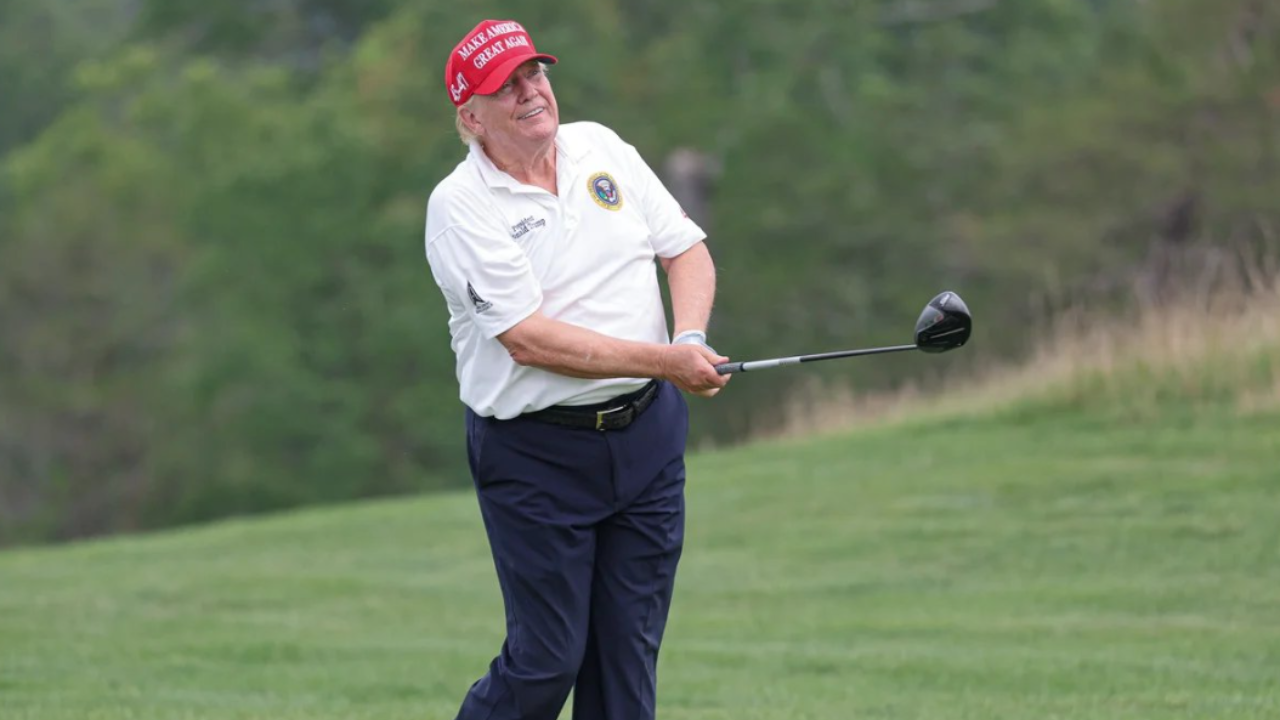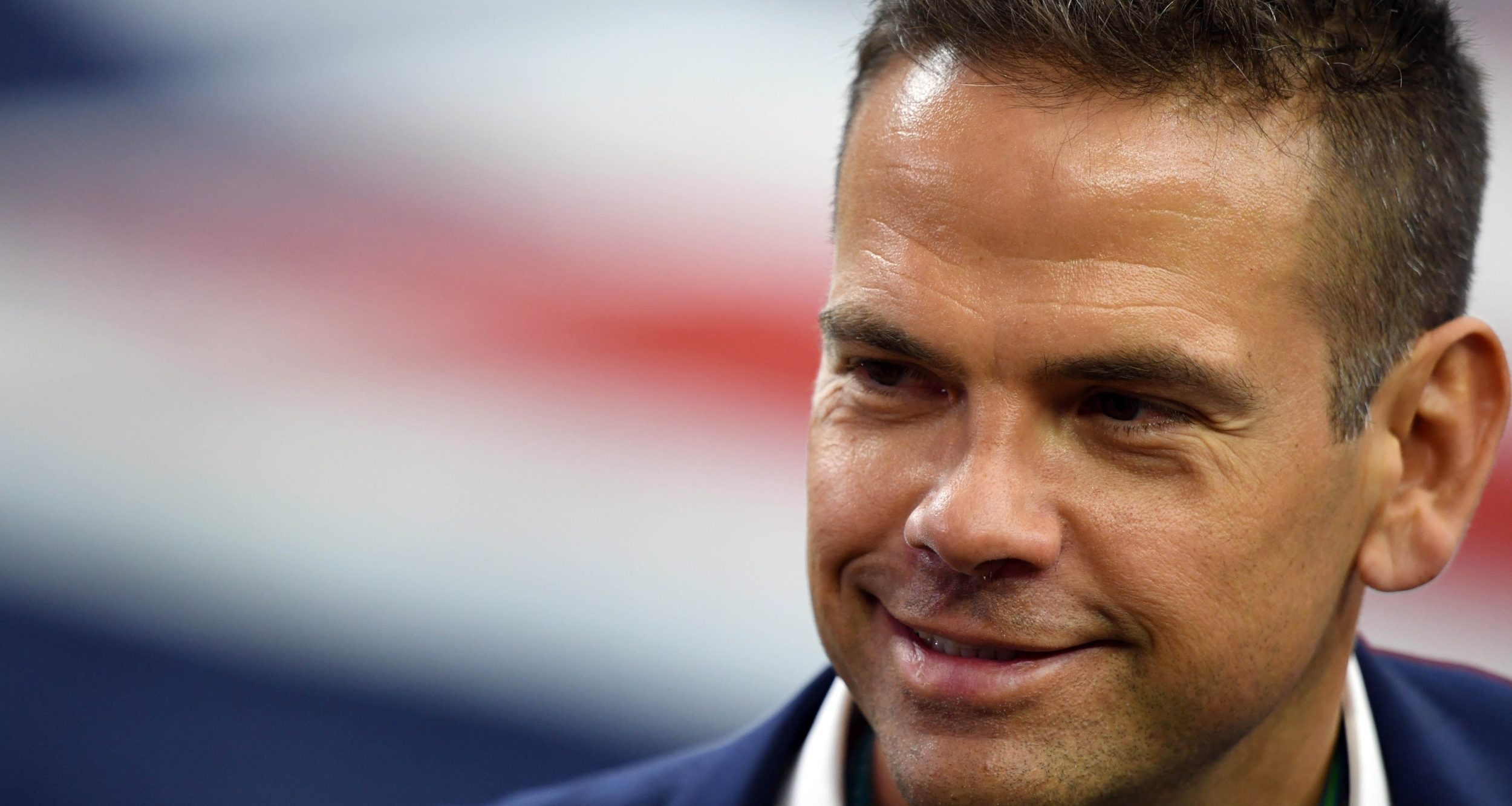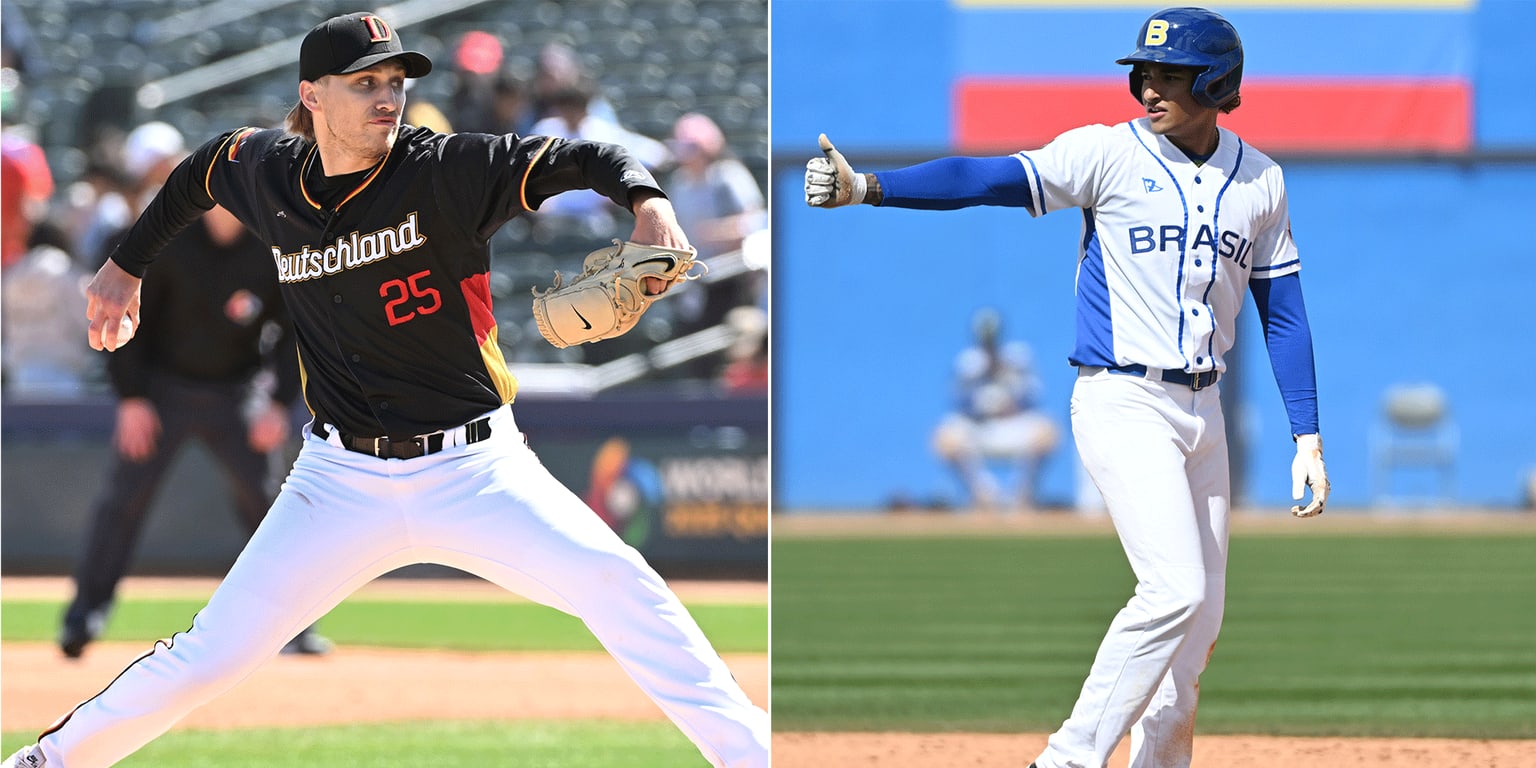Olympics 2024: Le Golf National may be a Euro favorite but it will play no favorites at the Paris Games

SAINT-QUENTIN-EN-YVELINES, France — Le Golf National may feel like a bit of a home game for a certain portion of the field this year at the Olympics, but none of them believe it gives them much of an advantage. With 10 holes guarded by water (including three of the last four), “meaty” rough and greens with “so many pin positions,” the home of the French Open and the 2018 Ryder Cup is like Mike Tyson in the 1980s, a 72-hour water fast or an IRS audit: Knowing what it is doesn’t guarantee success.
“It’s a very good golf course in the fact that it’s dead in front of you,” said Tommy Fleetwood, a winner of the French Open in 2018 and one of the leaders of the European Team’s victory here in the Ryder Cup. “You’re going to get rewarded for good shots and you’ll get punished for some bad ones. That’s why everybody has always respected the golf course. I think it’s been a great tournament golf course.”
Unlike previous Olympic golf courses, Le Golf National is very much a known quantity, especially for those in the 60-man field who’ve played the DP World Tour. That’s not how the Olympic golf venues have worked in the past. The course in Rio at the 2016 Olympics was created specifically for the Games, and the 2021 venue, Japan’s Kasumigaseki Country Club, had not held a professional tournament in 15 years. Conversely, the site of this year’s Olympic golf course has been the primary home to a DP World/European Tour event nearly every year since it opened in 1991 as the host of the Open de France, now known as the Cazoo Open de France. Among the competitors this week, 31 have played the course in tournament conditions.
But all that past experience—and even success in a storied Ryder Cup—is really just a collection of good vibes, not some master key to the quirks of Le Golf National’s forced carries or greenside chipping areas. In fact, Fleetwood said the Le Golf National of the Olympics is a bit easier on slightly missed tee shots than it was for the Ryder Cup.
“It’s quite a bit more forgiving,” he said. “I remember [the rough] being pretty thick and brutal. I think you’re going to get punished at times for missing the fairway. I think one of the great things is the wider you hit it, the more trouble you’re going to get into. That’s one of the best things about the golf course. Some holes, like to the right of 1 and to the right of 10, you can get unlucky with a bad lie, but in general, you’re going to be able to bounce that to the green where that was never a thing at the Ryder Cup. It was like if you hit it in there, good luck.”
Still, the stadium-golf style layout’s requirements are clear: Hit the fairway. Miss it and you are in a game of chase you might never win.
“As we saw at the Ryder Cup, it is a very potentially exciting and stimulating golf course,” said Kerry Haigh, interim CEO of the PGA of America and the man charged with course setup responsibilities along with representatives from the DP World Tour. Haigh said rather than the extremely narrow fairways and deep rough of the Ryder Cup in 2018, the setup will feature more graduated rough so shots farther offline are punished more severely than the smallest misses. “So I think it’s like anything in golf: If you’re not finding the fairway, however you choose to find it, it becomes very difficult.”
The character of Le Golf National is how it mostly demands precision, especially when unlike in a Ryder Cup, you don’t have a partner to back you up. An overly aggressive angle off the tee is more likely a double because not too many pars are being made from the water. It’s that conservative nature that makes the playing guide look repetitive, said Jon Rahm, who finished 10th here in 2017 and fifth in 2018.
“Being familiar with a golf course is always going to help,” he said. “Experience is always going to help. It doesn’t mean you’re going to win. But this golf course is pretty straightforward: hit the fairway. Hit the green. It limits you in so many ways, it almost tells you how it should be played. There are very few holes where you might see a variety of strategies. For the most part, I think you’re going to see all of us hitting it to the same spots off the tee and playing it very, very similarly.”
With the recent heavy rains over the weekend and overnight early Wednesday, the course may not play at all the way it has typically does for the French Open. Normally contested in mid-summer, the course’s fairways tended to be fast, and runoffs could end up in the rough or water. This year, that may not be the case, said Team Sweden’s Alex Noren, who won the French Open in 2017.
“The setup this week maybe makes it less of an advantage,” he said. “It’s more like you see at a major course in America where it’s pretty even how you miss it, and it’s not super firm. In the firm events here where the ball rolls a lot, then you probably benefit from more experience when you’ve played it a lot.”
Le Golf National universally is being praised as tough but fair, echoing a sentiment from Nick Faldo when the course opened in 1991. The final four holes are demanding and full of penalty shots, and the 18th is routinely one of the toughest on the DP World Tour. (It was the seventh-toughest last year, averaging nearly half a stroke over par.) Discretion is often the best way to navigate its twists and turns, and the winning score at Le Golf National has been single-digits under par five times since 2011. That said, Guido Migliozzi reached 16 under when he won in 2022, shooting 66-62 on the weekend.
Team New Zealand’s Ryan Fox has played the French Open four times, including a sixth-place finish in 2017. He thinks there are opportunities to get aggressive, but again, those options aren’t hidden. The short cuts are as obvious as they are penal, he said.
“If you hit good shots, you can, you can make a score,” Fox said. “But obviously there’s a lot of water, there’s a lot of trouble around, and you can make bogeys or worse pretty quickly. It doesn’t necessarily suit any style of play. You’ve got to just hit really good golf shots, and if you’re on, you can score and if you’re off, you’re going to need a few golf balls in your bag.
“It feels a little bit like TPC Sawgrass to an extent.”
In other words, for much of the field, just like home.
Related
Trump’s ‘Dragging Leg’ In Viral Golf Video Sparks Health Concerns,…
A viral golf video of Donald Trump dragging his right leg has reignited debate over his health, with experts weighing in on the speculation.A recent video of fo
2025 Arnold Palmer Invitational expert picks, predictions: Golf insider high…
The PGA Tour continues its Florida swing this week with the 2025 Arnold Palmer Invitati
TGL leaderboard: Live updates, TV channel for The Bay vs…
Tiger Woods, Jupiter Links talk about 'embarrassing' TGL wedge shot"That was one of the most embarrassing things to ever happen. I can't believe that just happe












